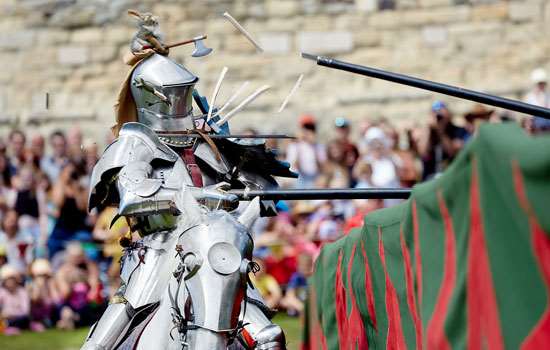What was Annexe?
In the summer of 1941 proposals were put forward for an underground Main Dressing Station, to be constructed close to but at a higher level in the cliffs than the existing network of tunnels at Dover Castle. Here the expected casualties from the fierce bombing and shelling of Dover could be given medical treatment in safety, and stabilised before being sent to hospitals further inland.
Named Annexe level, the new tunnel complex was designed on a grid system, with longer communication tunnels linking shorter tunnels that held reception areas, wards, an operating theatre, kitchens and stores. Staffed by the Royal Army Medical Corps (RAMC) with surgeons, nurses, orderlies and cooks, the complex was bombproof, safe from air attack and shelling, although conditions were still far from ideal. Lack of light, noise from the ventilation system and cramped conditions made life tiring for both patients and orderlies. Nonetheless, an operational medical unit remained in Annexe into the early 1950s.
What can we see today?
Explore Annexe on your visit to Dover Castle to see the display of contemporary medical equipment and recreated rooms based on photographs showing them in use during the Second World War. Visiting the tunnels involves steps and slopes, so make sure you check our access page when planning your visit. Tours leave regularly throughout each day the castle is open.
Plan your Visit


